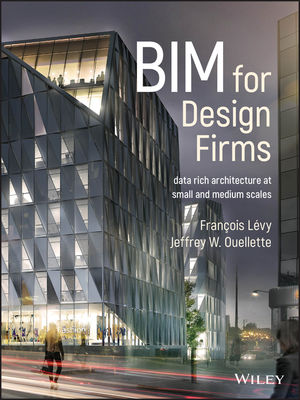The supersizing of printer technology could significantly extend the limits of concrete. By adapting technologies similar to those used in ink-jet and 3D printers and rapid prototyping machines for large-scale use, researchers in the U.S. and the U.K. are developing automated systems capable of rapidly constructing houses and other structures.



This spring, the University of Southern California’s Center for Rapid Automated Fabrication Technologies (USC’s CRAFT) plans to test its large- scale 3D printing system by building a 300-square-foot house in a day. The extrusion technology consists of a tank for cement, polymers, ceramic slurry or other wet materials, a nozzle, and several precisely controlled trowels. The machine could ride on a gantry, a robotic unit or crane.
By depositing layers of cementitious materials such as concrete and gypsum—more or less “printing” designs translated from CAD files— the systems promise a cheaper, faster, and less-polluting method of building. Researchers are working on prototypes with an eye toward housing, temporary structures, multistory buildings, and space exploration.
The process promises a number of environmental benefits, including less construction site pollution and waste, and less traffic to the site (given the lower labor requirements). The method can also produce tight, energy-efficient buildings, according to Behrokh Khoshnevis, an engineering professor at USC and a director at CRAFT.
The USC scheme, accurate to a millimeter, could embed strain gauges and other “smart” components within walls and to vary the composition of structures by layering in different materials during construction. Metal reinforcement, plumbing, electrical systems, and tiling can also be automated, according to the USC researchers. While the technology should be production-ready within several years, building practices and codes might be slower to change, notes Khoshnevis.
In the U.K., Loughborough University’s Rapid Manufacturing Research Group is working on a sys- tem capable of constructing buildings down to the level of fixtures and built-in furniture. The project, which spans materials research, biomimicry, adaptive buildings, and technologies for monitoring and maintaining buildings, is years away from constructing a complete building.
The Loughborough scheme can “print” conduits, ducts, and other service voids, in addition to window frames and, potentially, windows. The project has produced a small room-size gantry system, according to director Rupert Soar, an engineering professor at Loughborough. This scheme allows for the recycling of building parts and entire buildings as conditions dictate, according to the researchers.
The technology has drawn the interest of designers and engineers. “Our main interest is in making structures more efficient by controlling the amount and the distribution of material in the structure according to its needs,” said Jalal El-Ali, an engineer at Buro Happold in London. “Printing buildings, using single or multiple materials, would make freeform buildings more [realizable]. We have the knowledge to design such buildings, we just need the tool."


Post a comment to this article
Report Abusive Comment